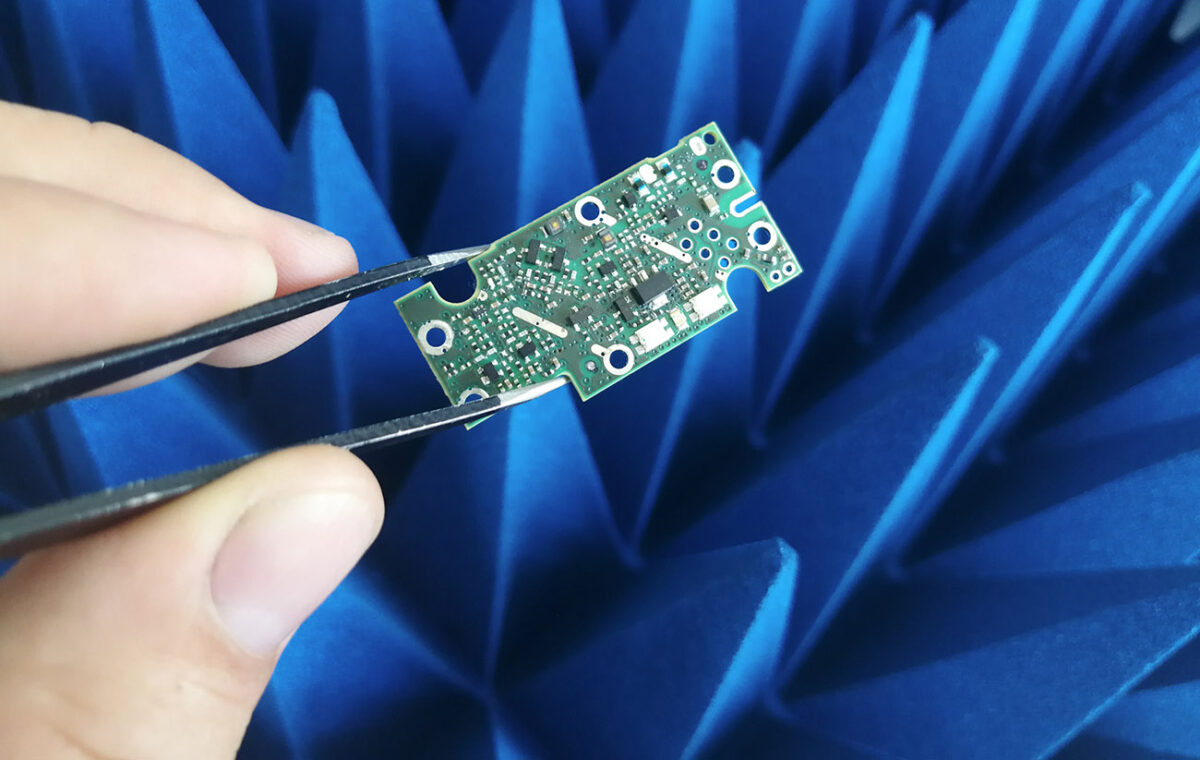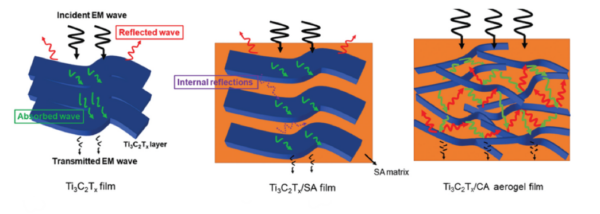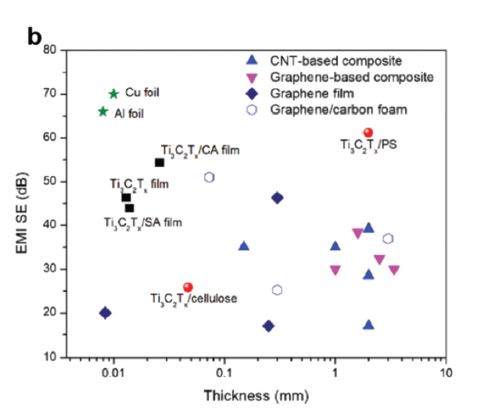Tailored EMI Shielding with Interpenetrating Polymer Networks

Electronic devices emit substantial energy as electromagnetic interference (EMI). Interpenetrating Polymer Networks (IPNs) emerge as a potential solution, as their shielding properties can be tailored to mitigate this interference.
Due to their customizable nature, Interpenetrating Polymer Networks (IPNs) offer a significant advantage in electromagnetic interference (EMI) shielding. This adaptability allows researchers to tailor IPNs to achieve specific shielding properties, making them highly versatile for various applications.
You can also read: Multi-material 3D Printer Enables Printing of Flexible Electronics
Customization for Optimal Performance
Researchers can adjust both the polymer composition and the processing conditions of IPNs to optimize their EMI shielding effectiveness. Selecting appropriate polymers and fine-tuning their structure can enhance the reflection and absorption of electromagnetic waves. This level of control over the material’s properties ensures that the IPNs can meet the specific requirements of different applications.

EMI shielding mechanism for freestanding Ti3C2Tx film, Ti3C2Tx/SA film, and Ti3C2Tx–CA aerogel. Courtesy of MXene hydrogels: fundamentals and applications.
Adjusting Polymer Composition for EMI Shielding
The choice of polymers used in IPNs plays a crucial role in determining their shielding properties. Conductive fillers, such as carbon nanotubes (CNTs) or metal nanoparticles, can be integrated into the polymer matrix to enhance electrical conductivity. This integration improves the material’s ability to reflect and absorb electromagnetic waves. Additionally, the proportion of different polymers can be varied to balance mechanical strength, flexibility, and shielding effectiveness.
Fine-Tuning Processing Conditions
Processing conditions such as temperature, pressure, and curing time can be adjusted to influence the structure and properties of IPNs. These conditions affect the degree of cross-linking and the distribution of conductive fillers within the polymer matrix. By optimizing these parameters, researchers can achieve a uniform and stable structure that enhances the material’s EMI shielding performance.

Thickness-dependent EMI SE of various
materials. Courtesy of MXene hydrogels: fundamentals and applications.
Applications in Diverse Industries
The ability to customize IPNs makes them suitable for a wide range of applications. In consumer electronics, IPNs can provide tailored EMI shielding solutions to protect devices from interference while maintaining their compact size and lightweight nature. This is particularly important for smartphones, tablets, and wearable devices, where space and weight are critical considerations.
In industrial equipment, IPNs can be designed to withstand harsh environments while providing effective EMI shielding. For instance, in automotive and aerospace applications, IPNs need to endure extreme temperatures, vibrations, and chemical exposures. The customized properties of IPNs ensure that they can deliver reliable performance in such demanding conditions.
The tailored shielding effectiveness of Interpenetrating Polymer Networks (IPNs) positions them as a superior solution for EMI shielding across various applications. Specifically, by adjusting the polymer composition and processing conditions, researchers can develop IPNs with optimized properties for specific needs. Consequently, this flexibility allows IPNs to provide effective and reliable EMI shielding in consumer electronics, industrial equipment, and beyond. Ultimately, this highlights their potential in advancing technology and enhancing performance in numerous industries.
